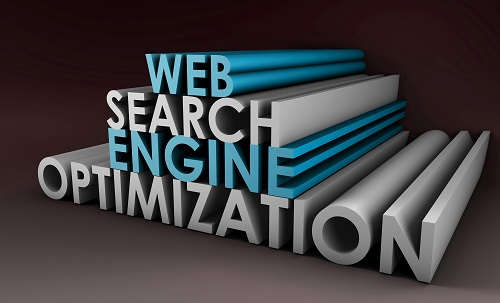
Brooksville companies may turn to a search engine optimization firm seeking help with their website or landing pages. Many clients will have a very precise vision of how they want their page to look, but they do not realize that this can have an adverse impact on search engine optimization.
Brooksville search engine optimization experts must balance aesthetic elements with the need to design a page in a manner that is going to ensure that your site’s SEO is maximized. So how does page layout affect search engine optimization? That is exactly what we will explore in today’s article.
What Page Layout Elements Affect Search Engine Optimization?
Brooksville business owners can easily overlook the fact that search engine optimization or SEO is inherently human-centric. So generally, creating a reader-friendly page will maximize traffic and ROI, but how exactly does this work? Well, consider the following:
- Use short, easy-to-read paragraphs makes for easier reading on-screen, including on mobile devices. Reading large blocks of text is hard on the eyes, especially when you are on a small device. It is easy to lose your place and strain your eyes, so this is where it is useful to have many short, easy-to-read paragraphs.
- Use well key worded headings and subheadings that are easy to read at a glance. When you land on a web page, you instantly skim the content in an attempt to determine if it will meet your needs. Either based on this 5-second evaluation, you will proceed or you will hit the “back” button. You want to get your readers to stay, so it’s vital that you add in descriptive, accurate headings and subheadings that are short enough to read at a glance (generally, no more than 1-line in length or 5-8 words.) This will reduce bounce rate (which kills your search engine rankings) and search engines also give heavier weight to these subheadings, so be sure they contain your target keywords!
- Use text in place of graphics whenever possible. It is not uncommon for website designer to create graphics for certain text elements, particularly text that’s highly stylized and may not render well on all devices or browsers. Whenever possible, you should use text instead of graphics containing text since search engines can scan text, but search engines are blind to the text contained within images. Of course, if you must use images, be sure they are well-tagged, with a keyword-rich description and Meta title.
- Interlink and anticipate the reader’s next step. Otherwise, a page may turn into a dead end. Always include a link, buttons or call to action near the bottom of every page. Why the bottom of the page? Well that is where the reader’s eyes will be focused when they are ready to move on. You want to make it easy to take that next step, whether it is reading another article, entering an email or phone number or making a purchase. The visitor should not have to search for buttons or links!
With these page layout components, you will be well on your way to a web page or website that’s user-friendly, search engine-friendly and effective at helping you achieve your goal, whether it is selling a product or service, conveying information or promoting a cause.







